Before I start on the ‘B’s I have to share with you the two ends of Milton-on-Sea. The east end shows off its traditional beach huts. The west end has ‘new beach huts’; 21st century beach huts with parking above.
Hmmmmm. What do you think? I know which I prefer.
So the road goes up and over the cliffs until it drops down to Friars Cliff. Now this is a wonderful place for family holidays. The pebbles begin to drop away and the beach becomes super sandy. The beach huts are a class above their ones I’ve seen so far on this trip. One is for sale for a cool 15k if you have money to spare. Even beach huts need a lick of paint and some tarting up if you’re gonna be seen enjoying the summer on the beach.
I love this image:
Monsieur Hulot’s Holiday comes to mind.
Anyway, on to Boscome before hitting Bournemouth. Both are very similar with their promenades, their sandy beaches, their piers; yet they are very different in character. School was out in Boscombe with a procession of young children racing down to the beach on their scooters, their bikes, their skateboards, all in beach gear and yelling at each other while older siblings showed off acres of tattoos that covered every bit of exposed flesh which must have cost an arm and a leg (you see what I did there, clever eh?)
Maybe this is summed up by the incident that occurred at the ice cream shack at the entrance to the peir. The mum in front of me had 3 young kids. She was being really patient trying to get them what they wanted. The first in line got a single cone and started to tuck in while mum was sorting the others out. A long lick unsettled the scoop which plummeted to the ground. Her little face crumbled and she tugged at mum’s dress. Mum looked down and without breaking her dialogue picked up the ball in her right hand and placed it back in the cone with a squelch. ‘It’s been on the ground’ I started to say in my middle class tones. Mum and child both shrugged their shoulders and carried on with their previous tasks of licking and ordering and ignored me completely. Oh well. Now Bournemouth.
Bournemouth beach was really heaving and school was out here as well. But it had a completely different feel. The kids were older and in much larger groups. Barbies and cans arrived in copious quantities. The guys had all between working out in that part of the gym that builds muscle tone ( I’ve never been there, I have to say) and carried two different types of six packs. The girls had torn every bit of clothing and huddled in groups away from the sand applying makeup so they could emerge from their huddle as painted insects, each convinced that she was the main bee of their little hive. Every inch of beach was covered with beautiful bodies all posing and secreting hormones. The pier was almost empty, only a small trail off more mature punters made their way to the far end for a pint and some fish and chips.
I rather liked the pier and the beach huts. The youngsters seemed to ignore these symbols of more mature beach activity. I felt safe here with the normal people who ignored all the posing that was going on around them and just enjoyed making a cup of tea and reading a book.
Home tomorrow, with some lovely images, all with glorious blue skies, and rather a red face!







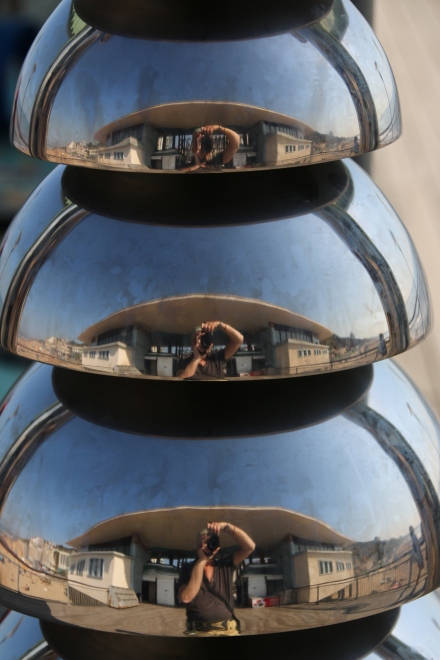




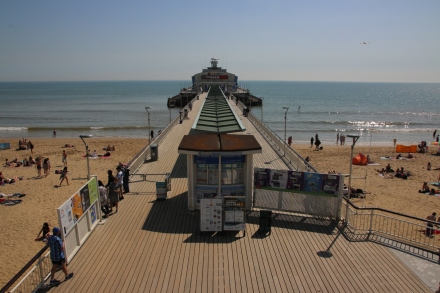




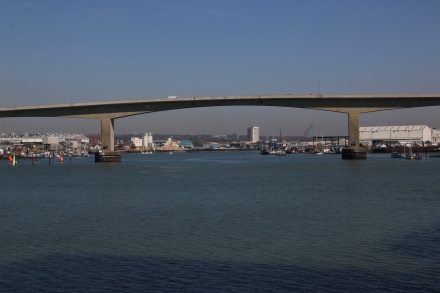



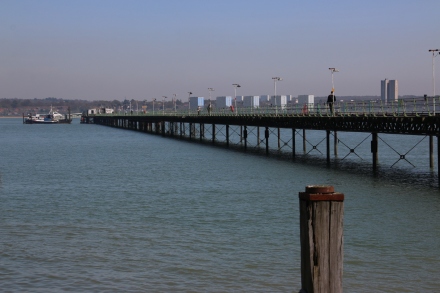


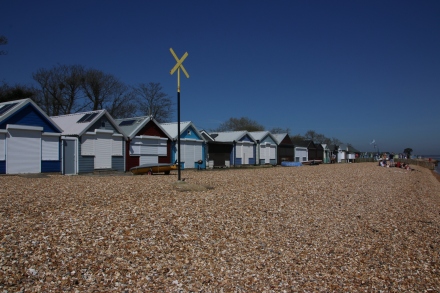














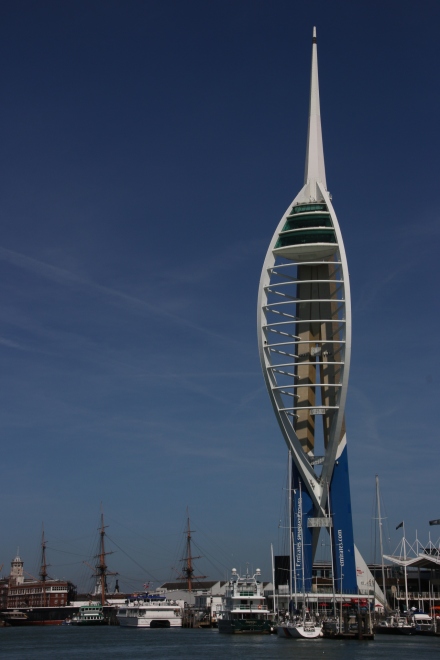

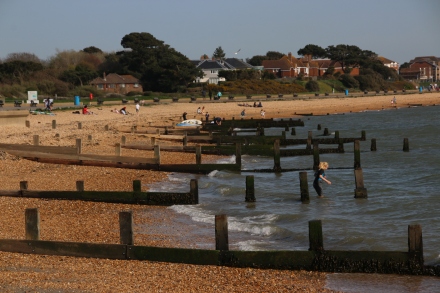






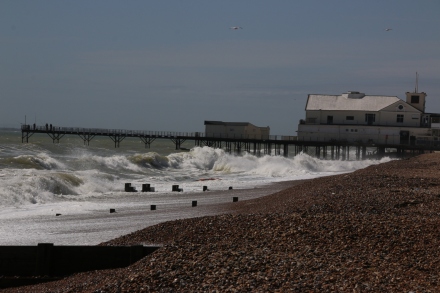



















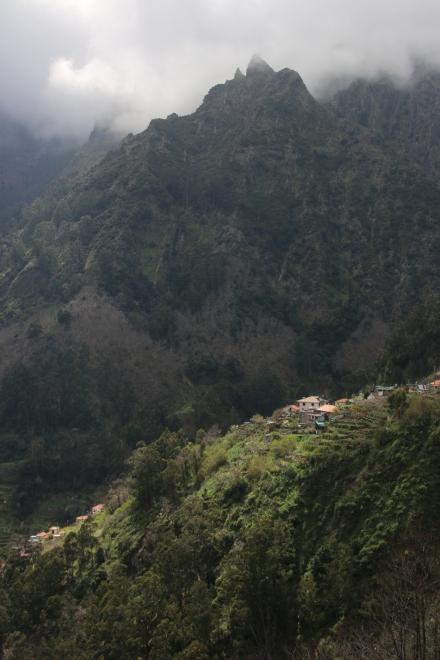
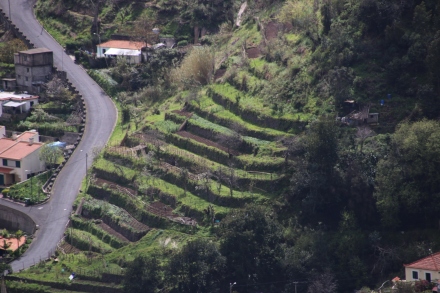

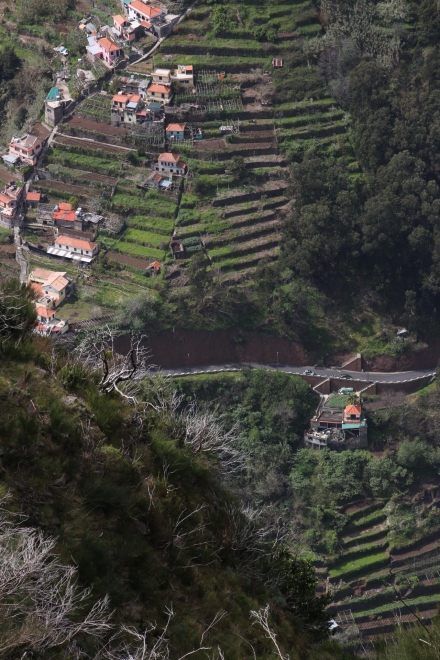






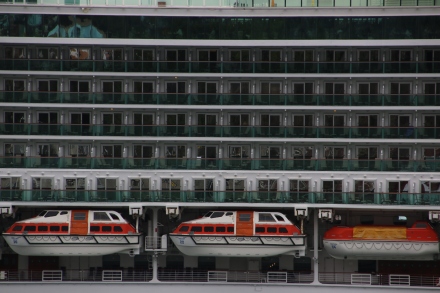



You must be logged in to post a comment.